GOAL 2016: Despite the rise of alternative feed sources, experts maintain that fishmeal and fish oil remain critical marine ingredients for aquaculture
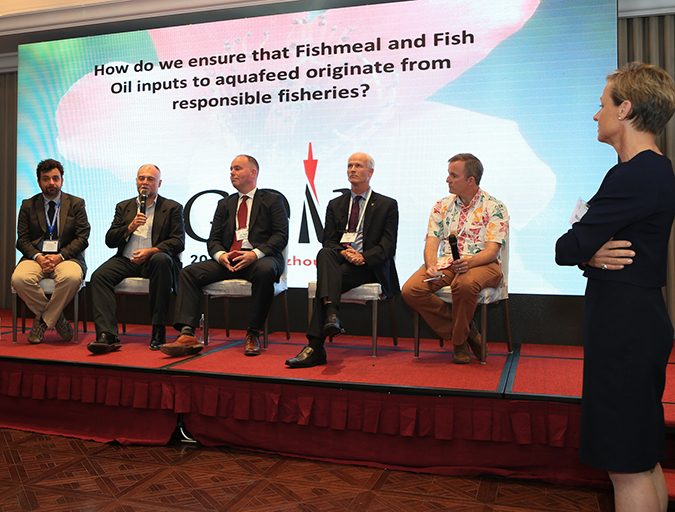
Aquaculture and wild-capture fisheries each contribute roughly equal amounts of food to global consumers, according to the latest data from the United Nations’ Food and Agriculture Organization (FAO). Aquaculture, however, will soon eclipse fisheries, FAO forecasted, and will account for more than 60 percent of the edible seafood supply in less than two decades.
Because of aquafeed requirements, aquaculture remains inextricably linked to feed ingredients sourced from marine fisheries. But that’s not necessarily a bad thing, according to Anton Immink, aquaculture director for Sustainable Fisheries Partnership.
“Fishmeal and fish oil are excellent feed ingredients that outperform their rivals” in terms of nutrition, Immink said during the Global Aquaculture Alliance’s pre-GOAL workshop on Monday, on the eve of the annual conference, held this year at the White Swan Hotel in Guangzhou, China. “Aquaculture needs fishmeal and fish oil. Therefore, we have a core responsibility in engaging in [fishery] improvement efforts.”
Such improvement efforts – generally known as fishery improvement projects, or FIPs – dominated the discussion during the special session titled, “Ensuring That Fishmeal and Fish Oil Derived from Reduction Fisheries or Fishery Byproducts Originate from Responsible Sources.” GAA Director of Strategic Engagements Melanie Siggs served as the moderator, and in her introduction she defined the conversation “as critical as it’s ever been” and “relevant in all geographies.”
If you’re a farmer, you look after your own hatch. If you’re a fisherman, you look to a framework for collective action.
Indeed, FIPs are growing in number around the world, as are fishmeal and fish oil supplies originating from fisheries or from producers that have earned certification for responsible production. Neil Auchterlonie, technical director for IFFO, the Marine Ingredients Organization, provided a global overview of where these essential aquafeed ingredients are coming from and where reduction fisheries are headed in terms of certification. Roughly half the world’s fishmeal and fish oil supplies originate from Southeast Asia reduction fisheries, according to Immink, but all panelists agreed that those fisheries provide significant challenges.
“Many of the fisheries in Asia are multispecies and can’t be evaluated with conventional methodology” and are therefore ineligible for IFFO RS (Responsibly Sourced) certification, said Auchterlonie. However, according to IFFO projections, 45 percent of the global fishmeal and fish oil supply will be IFFO RS (Responsibly Sourced) compliant by the end of 2016, up from just 25 percent in 2010.
One of the chief factors in driving this overall improvement has been the inclusion of fishery by-products in fishmeal and fish oil production. According to IFFO data, 36.4 percent of the global fishmeal supply will come from by-products this year, up from zero percent in 2010. Other “partial solutions,” as Immink described them, include the use of alternative feed sources such as vegetables containing omega-3 fatty acids and – perhaps most importantly – more efficient use of all aquafeed resources.
“We do have to give ourselves a little pat on the back,” said Immink.
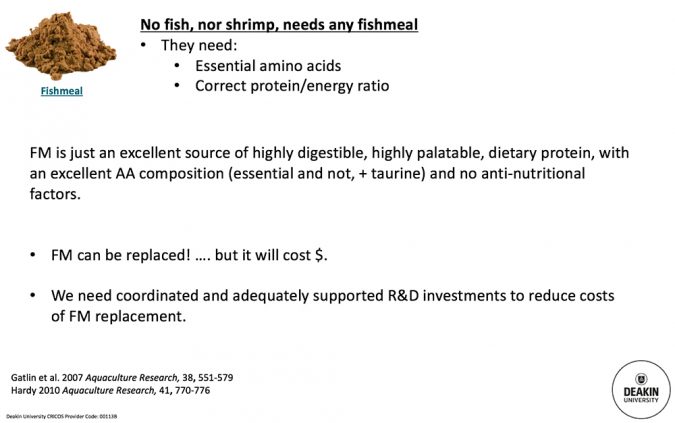
Despite recent advances, there are many miles ahead, and as aquaculture grows and demand for these precious resources increases in concert, the panel approached the salient question of the day: Is there enough responsibly produced fishmeal and fish oil to meet the demands of aquaculture certification? Unfortunately, it is unlikely that any reduction fisheries in Southeast Asia will meet IFFO RS or Marine Stewardship Council certification any time soon.
Panelist Duncan Leadbitter, director of Australia-based fisheries and natural resources for Fish Matter, a consulting company established in 2009, said FIPs are challenging by their nature.
“If you’re a farmer, you look after your own hatch. If you’re a fisherman, you look to a framework for collective action,” he said. “FIPs can work to any sort of outcome but the outcome has to be created – a clear statement about where the improvement is going and how it will get there.” FIPs, he continued, require more support from governments.
Immink defined FIPs as an alliance of buyers, suppliers and producers working together to improve a fishery by pressing for better policy and management and voluntarily changing fishing practices. They are the best short-term option, he said.
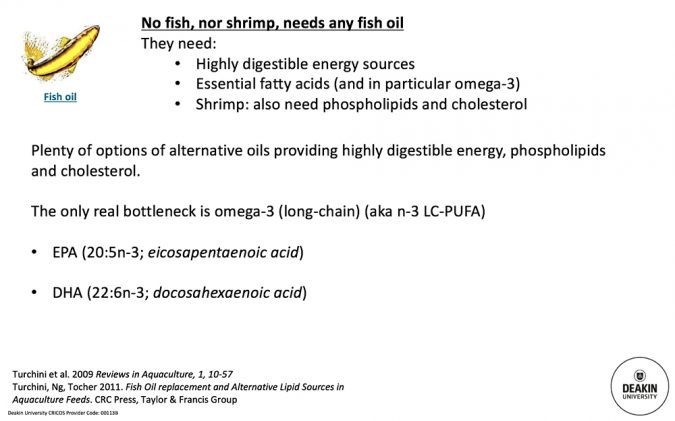
Fellow panelist Giovanni Turchini, MSc, Ph.D., and associate professor at Deakin University in Geelong, Australia, presented a detailed overview of fishmeal and fish oil use and the evolving nutritional profile of farmed seafood. While aquaculture production is possible without fishmeal and fish oil, he said (see Figs. 1 and 2) the marine ingredients are “fantastic” because they are highly digestible and palatable for aquatic animals.
“We need coordinated and adequately supported R&D investments to reduce costs of fishmeal replacement,” said Turchini. “The only real bottleneck is the long-chain omega-3 fatty acids, essential for optimal growth. Optimal growth is different from simple physiological requirement.”
Author
-
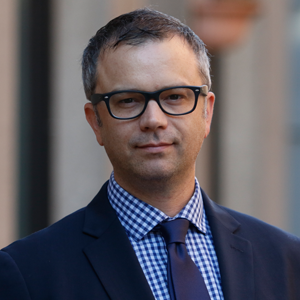
James Wright
Editorial Manager
Global Aquaculture Alliance
Portsmouth, NH, USA[103,114,111,46,101,99,110,97,105,108,108,97,97,103,64,116,104,103,105,114,119,46,115,101,109,97,106]
Tagged With
Related Posts

Aquafeeds
Why I chose to judge the F3 challenge
In an opinion piece for the Advocate, the director of ocean sustainability science at the New England Aquarium talks about the F3 Challenge and what the first X Prize for aquaculture could do for the industry: drive innovation.
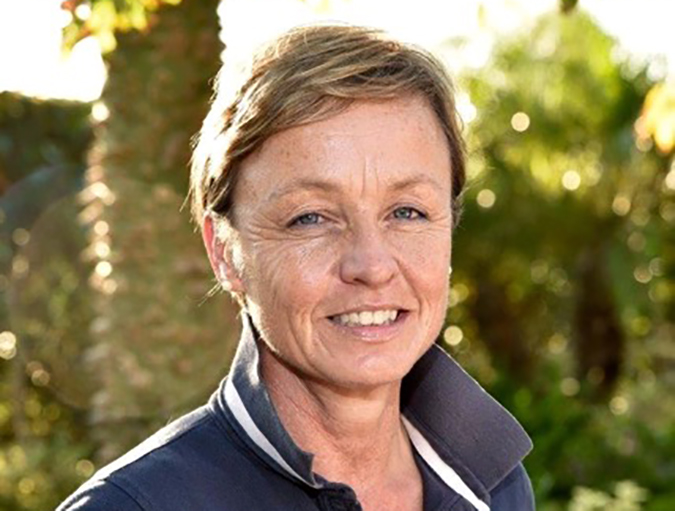
Innovation & Investment
Aquaculture Exchange: Melanie Siggs, part 2
In the conclusion of a two-part interview, independent advisor Melanie Siggs talks to the Advocate about consumer perceptions of aquaculture, and many roles that NGOs fill and her hopes for the Global Sustainable Seafood Initiative and its work with certification schemes.
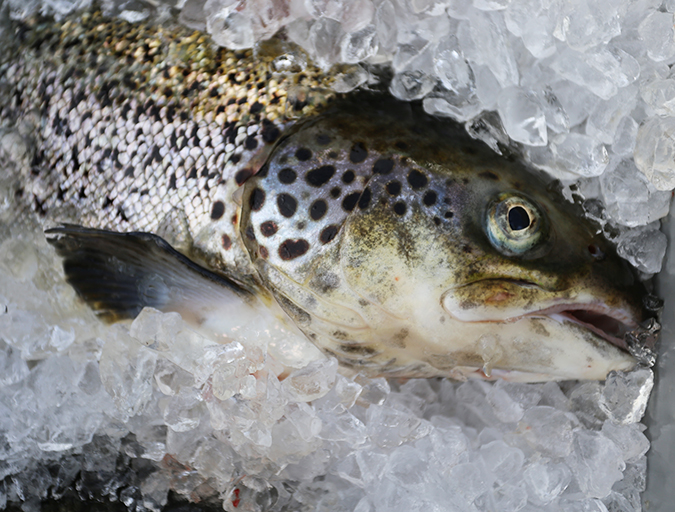
Aquafeeds
Fishmeal-free Atlantic salmon feed formulation shows promise
A recent study evaluated the effects of a fishmeal-free diet on Atlantic salmon performance and fillet quality during successful growout to market-size in a commercial-scale, land-based, closed-containment system using water recirculation technology. Test fish performed well, with 97 percent survival during the 10-month growout period.
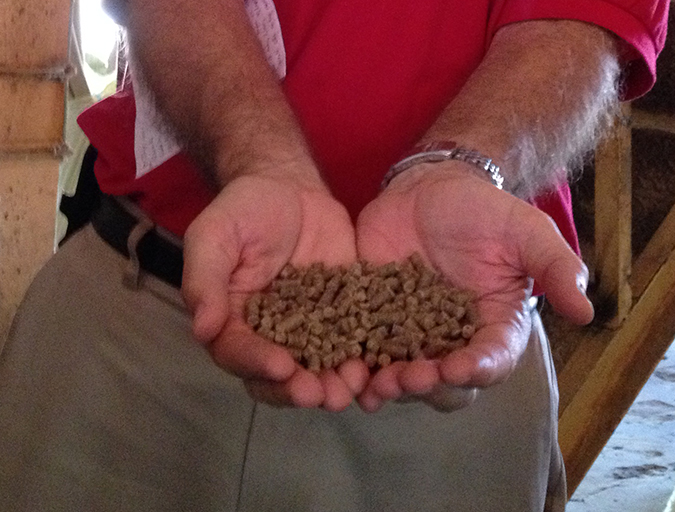
Aquafeeds
F3 blows past funding goals as fishmeal alternatives proliferate
A competition designed to drive innovation in aquafeeds has doubled its original funding goal and has attracted some of the biggest names in fish feed. F3 has also served as a catalyst for collaboration among feed manufacturers and ingredient suppliers.

